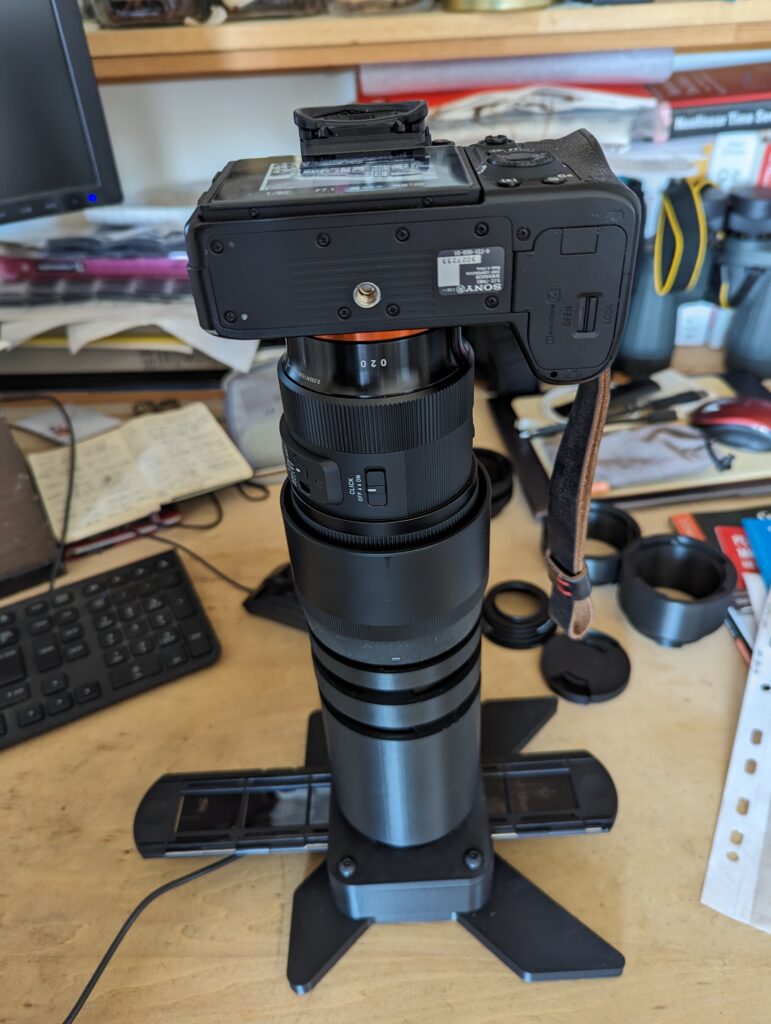
Conclusion: easy to set up, easy to use, superb results. If you have a digital camera and macro lens then for 35mm film scanning forget the flatbed scanner. Their website is bla...
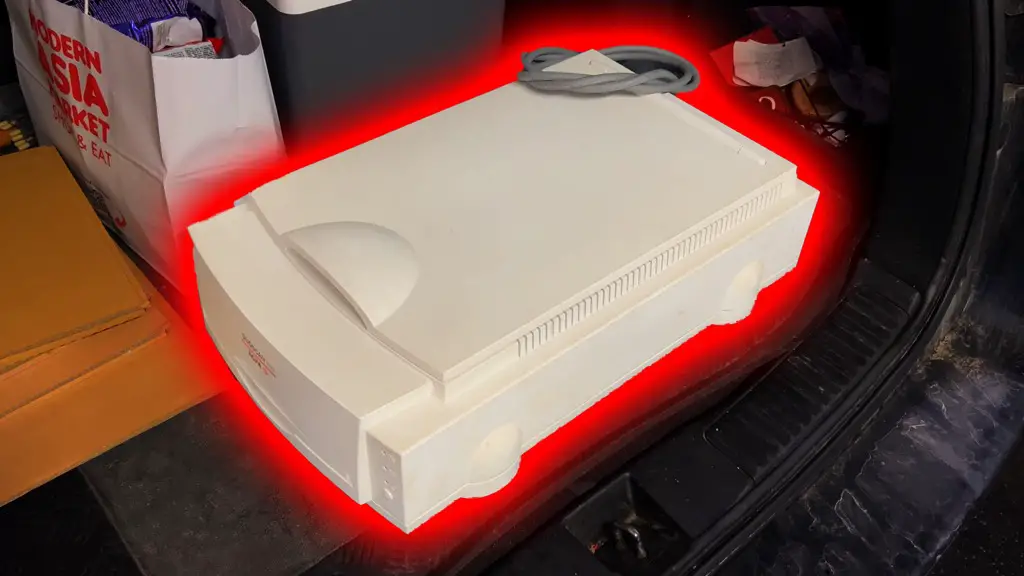
It all started when we needed to scan some slides. With my Screen Cezanne 5000 scanner I would get an amazing quality, but it would be exhausting to do. I have an old Epson scan...
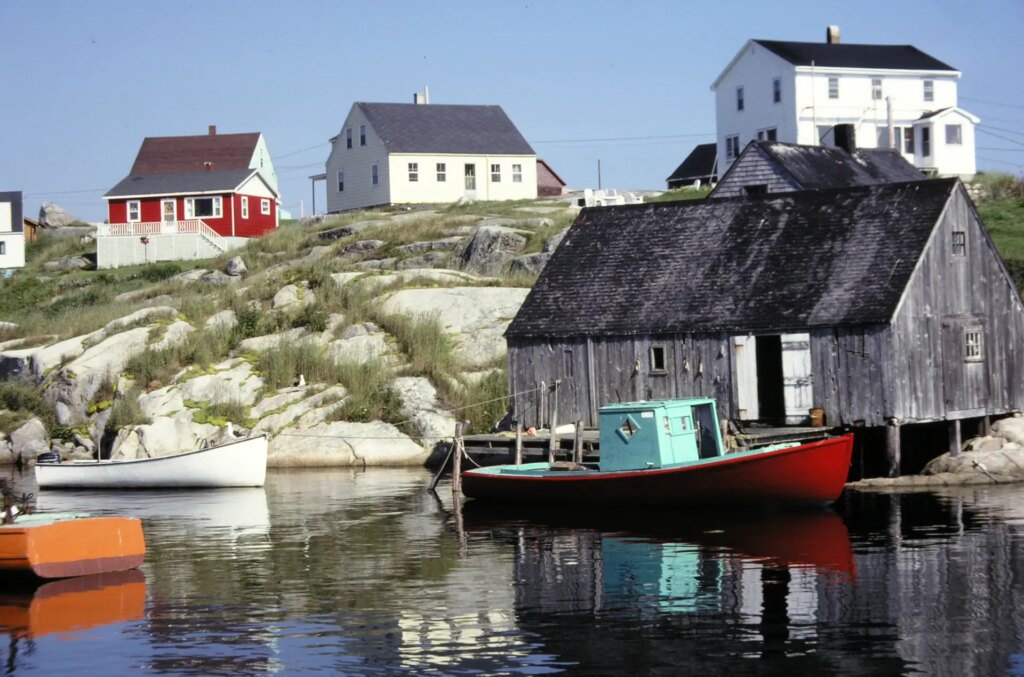
An old friend recently asked if I could digitize some 35mm slides of a coastal Maine motel her family once owned. She’d researched the commercial cost of scanning, and before bi...
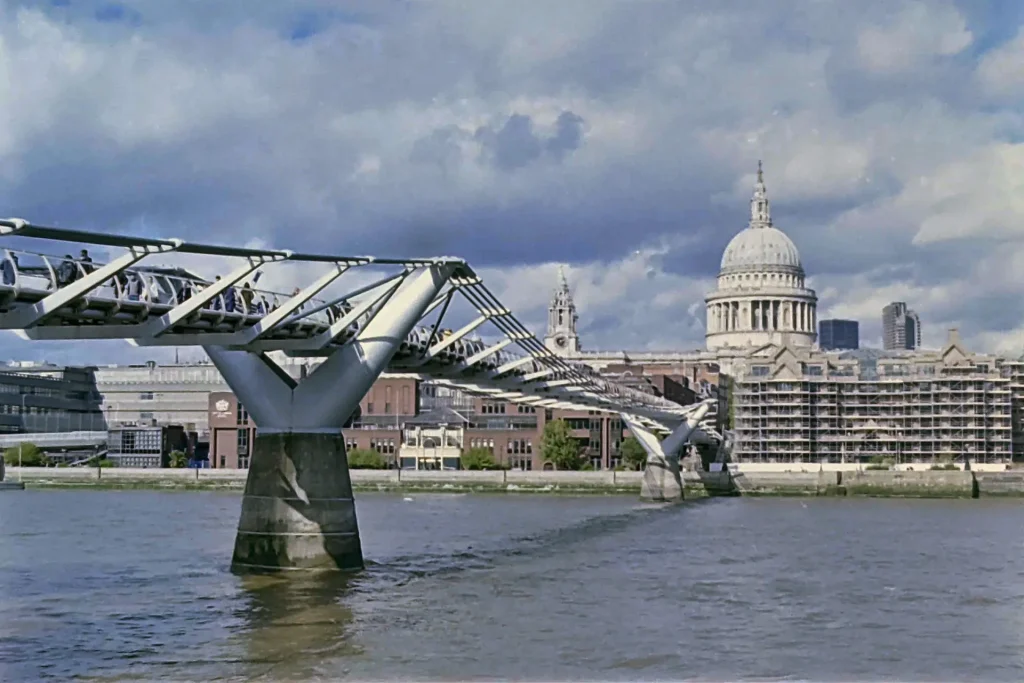
When I first got back into analogue photography back in 2015, the biggest problem for me was how do I get these analogue images into a digital format to post on either a blog, F...
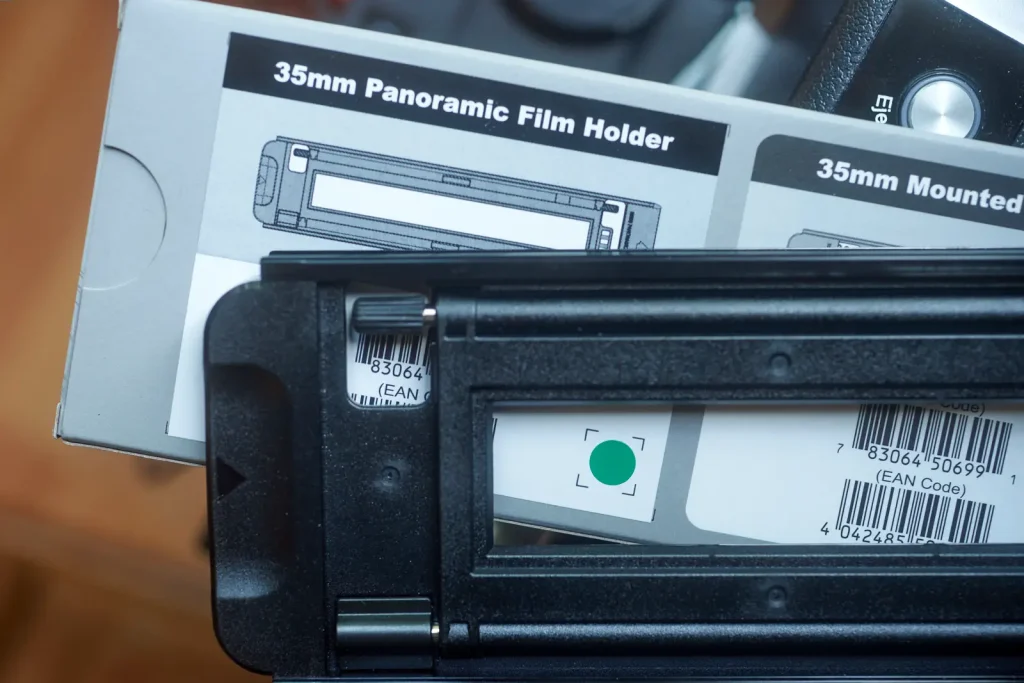
Earlier in 2021 I put up a review of the Plustek OpticFilm 135i film scanner. Just recently I've been investigating the Panoramic film holder and 'Panorama mode' (which you can ...
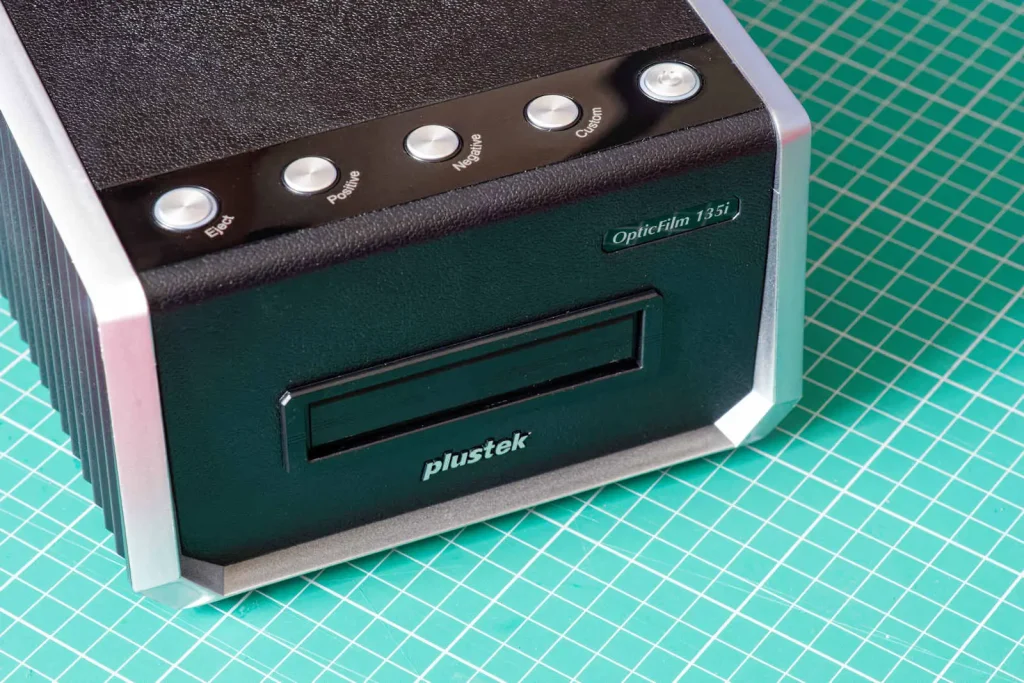
I recently found myself in the market for a film scanner. Minolta film scanners have served me well over the years. My current standard is a Dual Scan III, but it does get quite...

A couple of weeks ago, the CAMERADACTYL Mongoose was launched on Kickstarter - it is a product designed to automate and speed up the process of digitisation of 35mm film with a ...
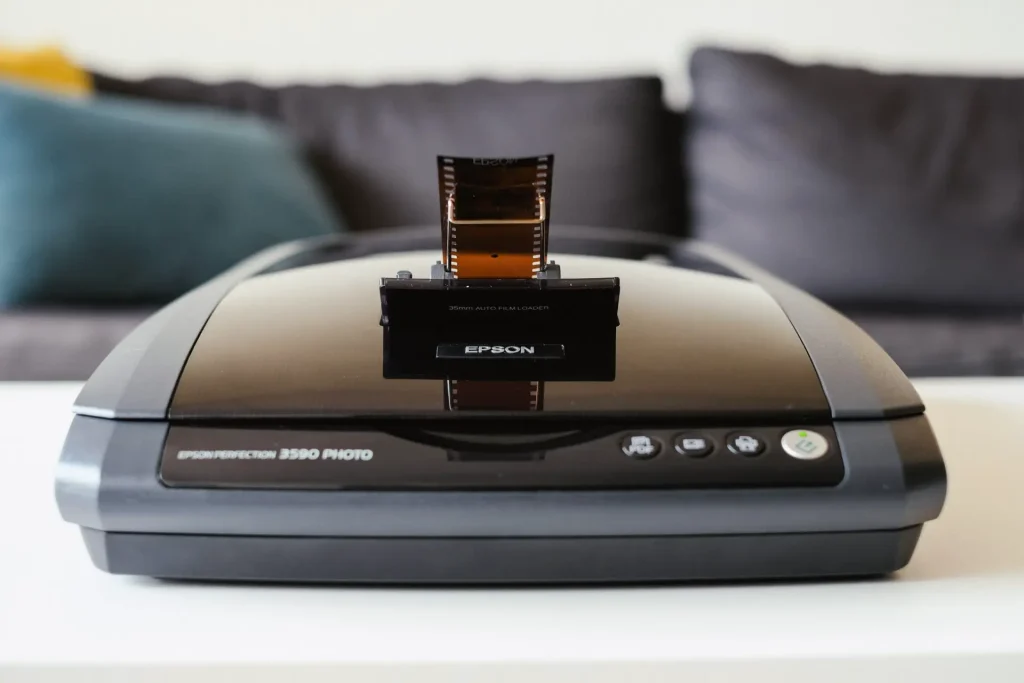
“I would like to buy you a new film scanner for your birthday,” my wife says concernedly from the couch. I am crouched over my 15-year-old Epson flatbed, a $10 purchase from Goo...











